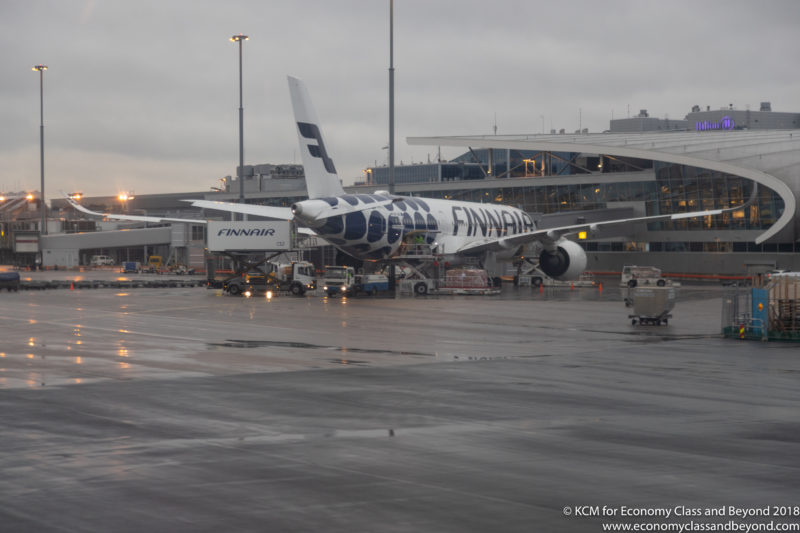With flight demands to Asia increasing, Finnair has taken action to modify its Airbus A350-900 fleet to support the operation.

The airline has worked with Airbus to modify ten of its Airbus A350-900 aircraft to carry more customers and cargo to increase the maximum take-off weight (MTOW) for several of its aircraft as demand for flights to and from Asia has risen.
Modifications made involved minor changes and updates to the aircraft’s software and placards and manuals in cooperation with Airbus. Finnair made the changes to aircraft which regularly serve Seoul and Tokyo, two of the longer intercontinental routes.
So why the changes?
Finnair used to send its aircraft via Russian airspace – which is closed to the carrier currently. As such, it has forced Finnair to replan its flights and detour around Russia, consuming more fuel than used previously. The lighter take-off weight had limited the number of customers and the amount of cargo each aircraft could carry, given the extended flight times.
Post-modification, each aircraft can carry more customers and cargo – and importantly, more fuel to fly the longer flight times between Finland and South Korea and Japan – as well as increasing the economics of each flight.
The modifications were completed during the first weeks in January, and operation with the new maximum take-off weight began on 18 January.
In Quotes
Leena Niemi, Finnair Compliance Manager for Technical Operation, said:
“Usually we do everything we can to make our aircraft lighter, but for our flights to Tokyo and Seoul we’ve increased their maximum take-off weight to fly around Russia and meet the demand for increased customers, cargo and kerosene. While making the modifications, the safety and security of our aircraft and customers remained our number one priority.”
“In addition, the weight and balance data for the modified aircraft have been updated, the noise certificates of the aircraft have been renewed, and the aircraft maintenance program and life limits of the main landing gear parts have been updated.”
Making the best of a bad situation
With a key advantage of Finnair vanishing, the airline has had to adjust its operation and how it traverses the long routes – be it over the via the North Pole or a Southerly route avoiding Russia.
Whilst that means finding ways of re-connecting destinations, it comes at a cost for the airline, which had to cut capacity so the aircraft could make it. An increased maximum take-off weight increase enables more customers and cargo to be carried, with the total capacity expected to be increased by up to eight tonnes, depending on the aircraft’s respective maximum take-off weight. route as well as flight times conditions.
It’s going to be a helpful thing as the airline continues to adjust its operations as Finnair seeks to tap into the latent demand from Asia.
Welcome to Economy Class and Beyond. Your no-nonsense guide to network news, honest reviews, in-depth coverage, unique research, as well as the humour and madness I only know how to deliver.
Follow me on Twitter at @EconomyBeyond for the latest updates, as well as Mastodon too! You can follow me on Instagram too!
Also, remember that we are part of the BoardingArea community, bringing you the latest frequent flyer news from around the world.